
NOW and then, I stroll around the neighborhood at lunch. I work at home, but everyone has to do lunch between 1:00 and 2:00, so there are limits on how far I can rove. Today I got the idea to rove about as far as I was possible and still get back to the house with enough time to actually have lunch. My neck of Little Neck and Douglaston Hill occasionally goes past suburban into the plain rural in spots. The cover photo shows one of the isolated cottage-type homes in this part of town.
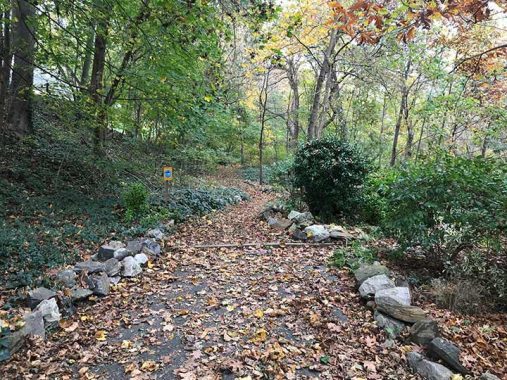
For example, there’s a nature trail that cuts through Udall’s Cove along Gabler’s Creek a few blocks away, at 247th Street and 40th Avenue. NYC Parks has carefully tailored it and clears away obstructions, but it appears to be a natural trail.

In the segments of Udall’s Cove Park both north and south of the Long Island Railroad, a local Boy Scout troop has built occasional plank trails over the swampier spots, as well as wooden stairs up particularly steep hills. This one connects Orient and Depew Avenues in Douglaston Hill over one of those steep grades; here, the park separates Little Neck and Douglaston Hill. At the bottom of the steps I’m in Little Neck and at the top of the steps, I’m in Douglaston Hill.
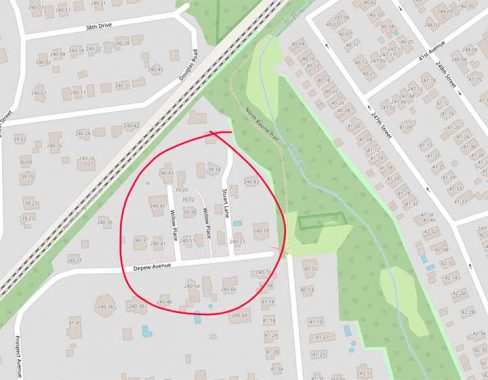
On Depew Avenue near the stairs are a pair of lanes of which I had never suspected existence before moving to Little Neck. Conventional paper maps never showed them; only after I found them, I consulted Google Maps and Open Street Map (above) which showed them: Stuart Lane and Willow Place.
Both of them have only a handful of homes. Stuart Lane lost its street sign some time ago, but it now sports a pair of nonstandard signs that may have been installed by locals. Unlike the area’s other “unmapped” streets like Conell Lane, Jessie Court and Sandhill Road, both these dead ends’ houses are numbered Queens-style, with hyphens after the first two numbers.
Willow Place is an unusual case. If you look at the map there appear to be two of them. This, the narrower of the two, sports the official DOT street sign. Yet, only the rear entrances of houses face it.
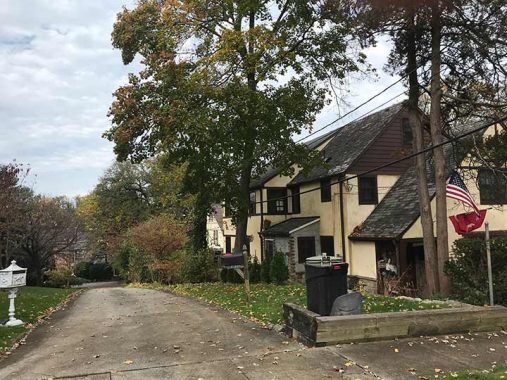
This seems to be the “main” Willow Place, as front doors of homes face it. But it has no street signs. It doesn’t seem to be a big deal as only local residents care how you can find these two isolated lanes.

The NYC Landmarks Preservation Commission was very picky about what part of Douglaston Hill would be protected under their aegis, as I did not notice any diminution in quality of the homes in either part. Who knows how they come to these decisions?
Depew Avenue is an oddity in itself. One is why it has a name. It’s in two sections, one here in Douglaston Hill, the other in Little Neck. Older maps show the two as continuous, though building a road through the high hill separating Douglaston Hill and Little Neck would be difficult. In the Little Neck section, the road coule easily be called 42nd Avenue, since it’s between 41st and 43rd Avenues. But Depew it is.
There’s a brick sidewalk that appears new, and a hitching post which may be new, or quite old. I found one in Douglaston proper, north of the railroad tracks, that has the name of its manufacturer stamped on the base, pretty much proving its age.
As always, “comment…as you see fit.” I earn a small payment when you click on any ad on the site. Take a look at the new JOBS link in the red toolbar at the top of the page on the desktop version, as I also get a small payment when you view a job via that link.
11/6/23


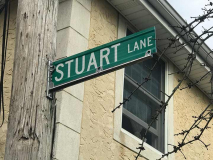
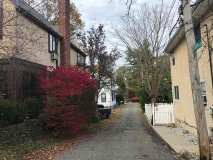
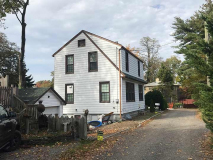
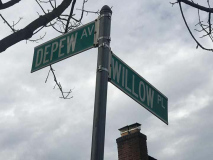
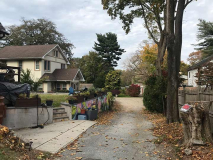
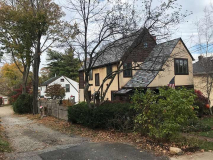
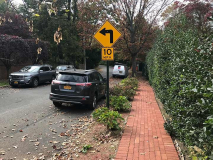
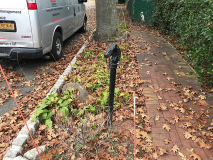
4 comments
Hitching posts are available in the garden section of your local Home Depot
Re: Udall’s Cove & the NYC Parks Dept. In the late ’80’s – early ’90’s when our daughter was very young the Urban Park Rangers offered Sunday afternoon walking tours. One of these included Udall’s Cove.
The Rangers warned us not to wander into tall grass due to tic bites that are known to spread Lyme Disease. It was a great way to spend a Sunday afternoon & their advice was spot on. “An ounce of
prevention is worth a pound of cure”.
Depending on when the streets in that part of Queens were mapped, “Depew” might have been a tribute to Chauncey Depew, a statesman of the late 19th C. who lived into the 1920’s, his 90’s. I don’t know what the connection to Douglaston would be, since Depew was descended from KKnickerbocker Dutch settlers in his home town of Peekskill. A town near Buffalo is named after him.
Presumably the “natural trail” was walked for hundreds (thousands ?) of years by the Indigenous peoples, the Lenni Lenape, and the Matinecock, on their way to the shore looking for shells to make their valuable “wampum.”